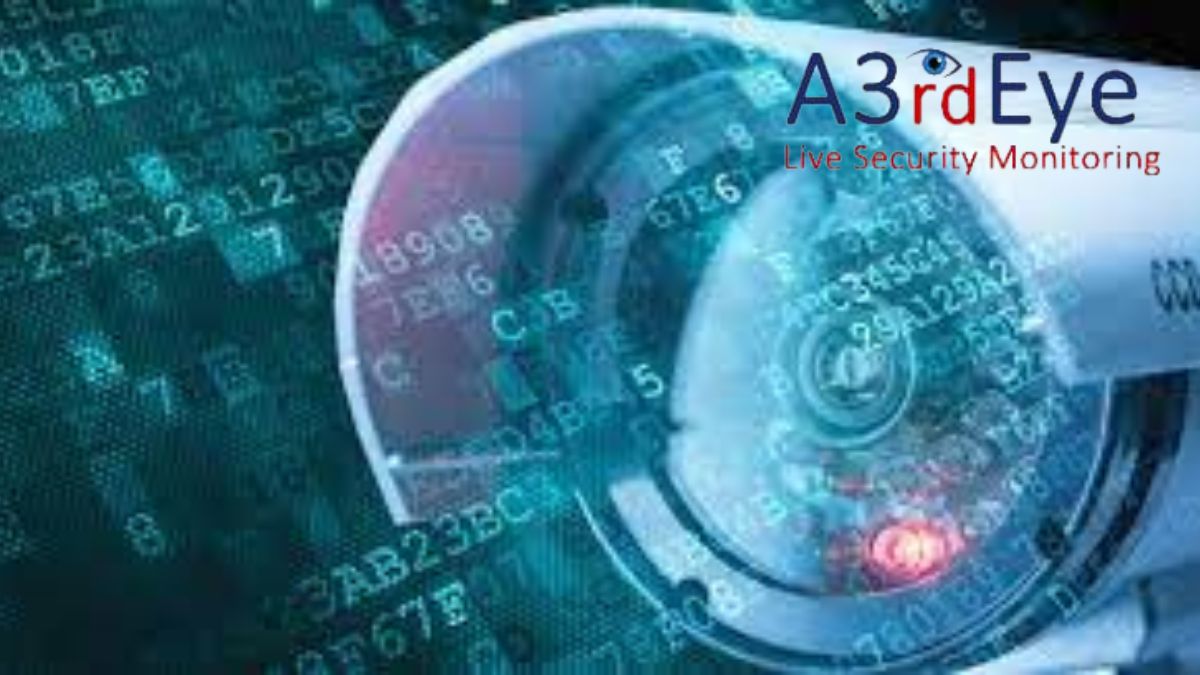
Real-time Surveillance: Enhancing Security and Beyond
Real-time Surveillance Enhancing Security and Beyond In today’s rapidly changing digital landscape, real-time surveillance has become essential for safeguarding public and private sector safety. This article explores the concept of real-time surveillance and its potential uses, benefits, and issues. We will look at how this technology has become standard in today’s world, improving safety and the ability to make sound judgments and manage scarce resources. Let’s plunge headfirst into real-time surveillance and see how it affects us.
Grasping the Concept of Continuous Monitoring
How Does Real-Time Monitoring Work?
“real-time surveillance” describes the instantaneous tracking and recording of data from various sources. In real-time monitoring, high-tech tools like cameras, sensors, and data analytics keep tabs on what’s happening. The data is examined and acted upon in real-time so that problems can be solved as they arise.
Real-Time Surveillance and Its Potential Uses
Among the many domains where real-time surveillance has proven useful are:
Protection of the General Population
In increasing public security and safety, real-time surveillance plays a crucial role. Its rapid detection and response capabilities have made it a staple in cities, transportation hubs, and other regions with essential infrastructure. This innovation in law enforcement technology aids in crime prevention and investigation, making communities safer.
Controlling Traffic
Congestion on the roadways can be significantly reduced with the use of real-time surveillance systems. The information gathered by intelligent traffic cameras and sensors helps authorities fine-tune traffic lights and design more effective transportation networks.
Industrial Supervision
Real-time monitoring is used in many industries to monitor operations, fix bugs, and protect employees. The system aids in predictive maintenance, reducing the need for emergency repairs while increasing output.
Medical Services
Patients are monitored, medical equipment is tracked, and safety procedures are followed with the help of real-time surveillance in the healthcare industry. In intensive care units and other emergencies, this equipment is invaluable.
The Benefits of Continuous Monitoring
Quick Reaction
Real-time monitoring makes faster reactions to security breaches, accidents, or emergencies possible. Authorities can swiftly act as necessary, reducing risks and limiting losses.
Improved Capacity for Making Choices
Decision-makers now have access to real-time data, allowing them to make decisions based on the most recent and accurate information available. Better resource management and organization are the results of this.
Safety Improvements
Criminals are less likely to commit crimes when they know they are being watched in real-time. If potential criminals know they are being watched, they are less likely to engage in illicit behavior.
Effectiveness in Operations
Processes are optimized, downtime is minimized, and overall operational efficiency is boosted thanks to real-time surveillance in industrial settings. With real-time data insights, spotting and fixing bottlenecks is much more manageable.
Problems and Ethical Factors
Privacy Concerns
The invasion of privacy is a significant issue raised about real-time surveillance. The delicate balance between safety and privacy is called into question by constant surveillance.
Information Assurance
Gathering this amount of private information in real-time is an enormous undertaking. Protecting sensitive information from being compromised is critical to ensuring its security and confidentiality.
Abuse of Electronics
The potential exists for real-time surveillance technologies to be abused in harmful ways or to breach people’s privacy. It is still challenging to find a happy medium between safety and morality.
Decision-making Biases
Real-time automated surveillance systems may be biased, which could lead to inaccurate results and unfair treatment of suspects. Maintaining fairness and equity requires actively addressing and eliminating biases.
Conclusion
Real-time Surveillance Enhancing Security and Beyond The revolutionary effects of real-time surveillance on security and decision-making in various fields are without dispute. While there are many practical advantages, ethical considerations must be made. As we develop this technology, we must find a happy medium between security, privacy, and ethics. To ensure that real-time surveillance remains a positive force for society, it is crucial to encourage openness and responsibility as improvements progress.
Is it acceptable to monitor people in real-time?
While real-time monitoring is typically accepted, local restrictions can vary. Following the rules and getting the approvals you need before installing a surveillance system is critical.
Can prevent accidents with real-time monitoring?
The answer is yes; by seeing hazards and sending early warnings to the proper authorities, real-time surveillance can help with accident prevention.
how secure does a monitoring system collect information in real time?
Data security measures like encryption and access controls are put in place to prevent breaches and illegal access to real-time surveillance data.
How much do real-time surveillance systems typically cost?
Real-time monitoring system prices change from project to project due to scope and complexity. However, technological progress has reduced their price.
how are biases in real-time surveillance being addressed?
Developers and stakeholders constantly test and refine techniques to find and fix biases in real-time surveillance algorithms.

Real-time Surveillance Enhancing Security and Beyond

